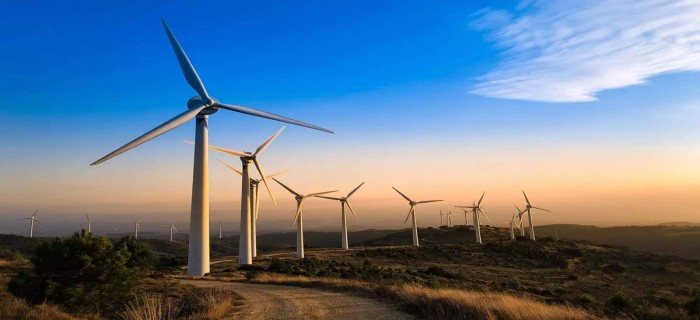
TSMC leads rush for renewables ahead of Taiwan energy vote
Taiwan is home to the world’s biggest chipmaker, Taiwan Semiconductor Manufacturing Co., and plays a crucial role in the global electronics supply chain. The logistical snarl caused by the pandemic showed how vital the island is to keeping auto and tech production lines running. Now a longer-term threat is emerging: energy supply. Energy security and reliance on imported fossil fuels have long been key political issues for Taiwan that have become more inflammatory after the government committed to net-zero emissions by 2050. Only Australia is more dependent on coal power for its electricity among the world’s advanced economies. Two blackouts earlier this year raised concern about Taiwan’s ability to meet power demand that is rising by 2.5% a year. While the outages were at least partly caused by human error, they highlighted the government’s challenge in trying to decarbonize its grid, reduce dependence on imported energy and solve a long-running debate over nuclear power. For the electronics plants that drive the economy, they were a stark reminder of the need to find new sources of green energy soon to be able to expand production. Even Taiwan’s aim to increase the share of green energy to 20% by 2025 has a long way to go. Last year, the island imported almost 98% of its energy. About 82% of its electricity came from thermal power stations, with most of the remainder generated by two aging nuclear plants. Renewables generated only 5.5%. Power usage at TSMC, which is planning a new 2-nanometer wafer foundry near its headquarters in Hsinchu, could double within three years, according to a report by Bloomberg Intelligence analyst Charles Shum. TSMC became the first in its industry to sign up to the RE100 renewable energy initiative last year, pledging to use 100% renewable energy by 2050. Delta Electronics Inc.United Microelectronics Corp. and others followed suit. The Dec. 18 referendum will ask citizens four questions — two related to power: whether to activate a fourth nuclear plant that was mothballed in 2015, and where to build a new natural gas terminal. The results could extend the island’s reliance on imported coal and make it harder to meet rising demand from factories

.gif)
.jpeg)
leave your comment